Friskies Surfin’ and Turfin’ Adult Chicken, Ocean Whitefish, Salmon and Beef Recipe Dry Cat Food
Give your cat a nutritious and delicious flavor combination with Purina Friskies Surfin’ & Turfin’ Favorites dry cat food. Chicken, Ocean Whitefish, Salmon and Filet Mignon flavors deliver all her favorite tastes in one sensational serving, and the appealing shapes keep her excited about the foods you put in her dish. You can feel good about the essential vitamins and minerals found in this tasty dry cat food that support her whole-body health. The crunchy texture of our kibble cat food helps to keep her teeth clean. Featuring a formula that’s complete and balanced for all life stages, this tempting recipe can follow her from her cuddly kitten days to her playful adult years for consistency in her daily diet. Offer up a hearty helping of this Purina Friskies dry cat food every day, and watch as your feline friend gleefully nibbles her way to the bottom of her dish.
Give your cat a nutritious and delicious flavor combination with Purina Friskies Surfin’ & Turfin’ Favorites dry cat food. Chicken, Ocean Whitefish, Salmon and Filet Mignon flavors deliver all her favorite tastes in one sensational serving, and the appealing shapes keep her excited about the foods you put in her dish. You can feel good about the essential vitamins and minerals found in this tasty dry cat food that support her whole-body health. The crunchy texture of our kibble cat food helps to keep her teeth clean. Featuring a formula that’s complete and balanced for all life stages, this tempting recipe can follow her from her cuddly kitten days to her playful adult years for consistency in her daily diet. Offer up a hearty helping of this Purina Friskies dry cat food every day, and watch as your feline friend gleefully nibbles her way to the bottom of her dish.
- Flavors of chicken, ocean whitefish, salmon and filet mignon
- Appealing shapes keep your cat excited at mealtime
- Crunchy kibble helps reduce plaque buildup
- 100% complete and balanced nutrition for all life stages
- Protein supports strong muscles
- Essential fatty acids to help support healthy skin and coat
- Vitamin A and taurine to support clear, healthy vision
Additional information
| Country of Origin | Made in USA |
|---|---|
| Flavor | Chicken, Whitefish, Salmon and Beef |
| Health Features | Muscle Health, Vision Health, Oral Health, Skin & Coat Health |
| Indoor/Outdoor | Indoor and Outdoor |
| Life Stage | Adult |
| Primary Flavor | Whitefish, Chicken, Beef, Salmon |
| Packaged Height | 22.5 in. |
| Packaged Length | 4.5 in. |
| Packaged Width | 15 in. |
| Manufacturer Part Number | 5000029021 |

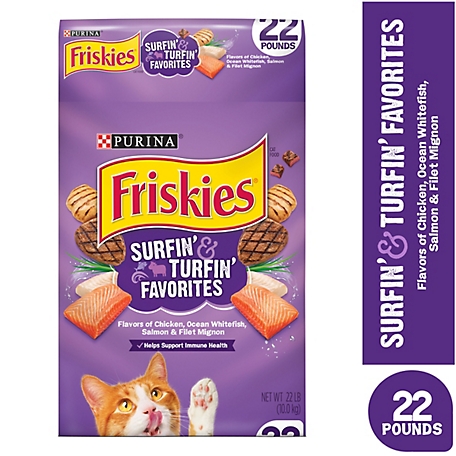
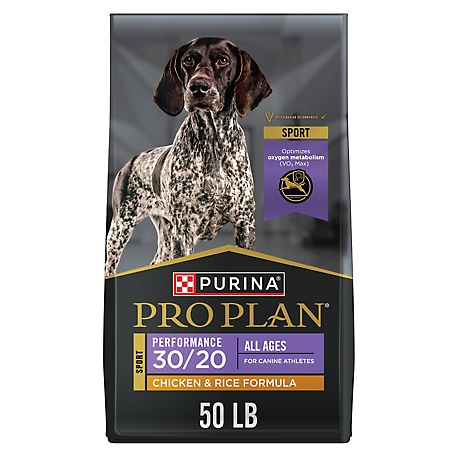


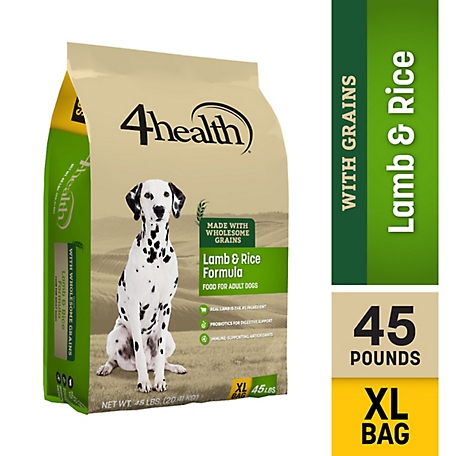
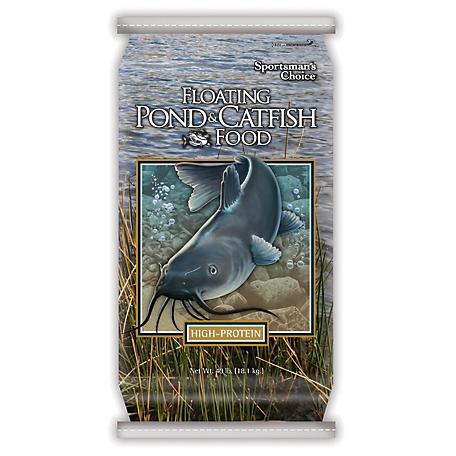
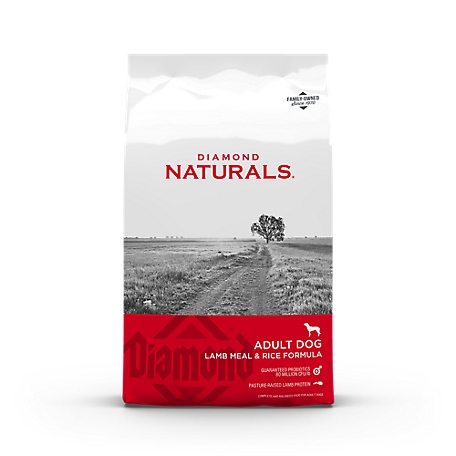


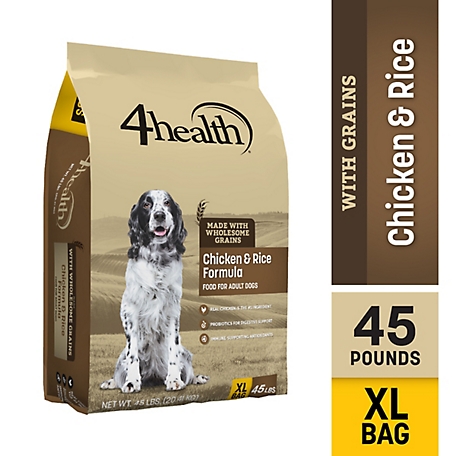
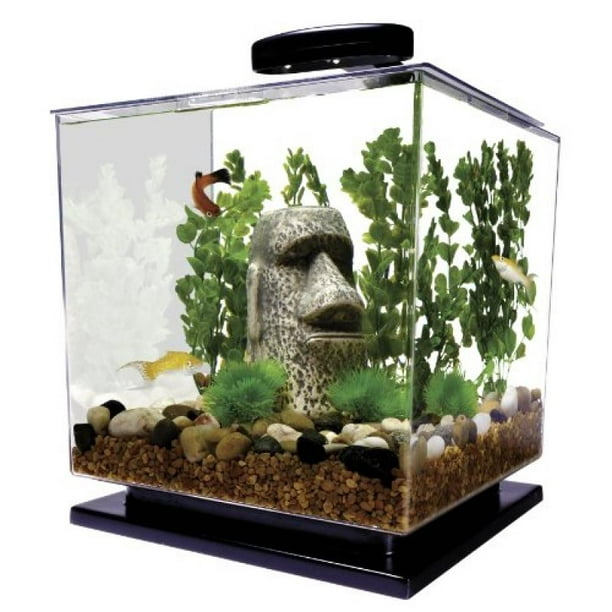
by Jennifer
Cats love this hard food
by Betty
My cats absolutely love this variety of friskies surfing turfin favorites. They don’t pick and choose morsels they love them all.
by Lisa
Cats as always love this food. I have never had a problem with them snubbing this.
by Barry
Friskies Cat food is the only cat food they will eat, all the others they will leave for the birds.
by Cathy
My cats all like this food and have no issues with it.